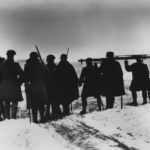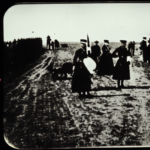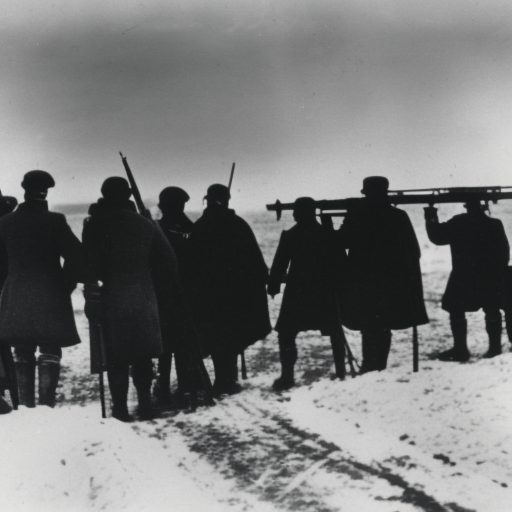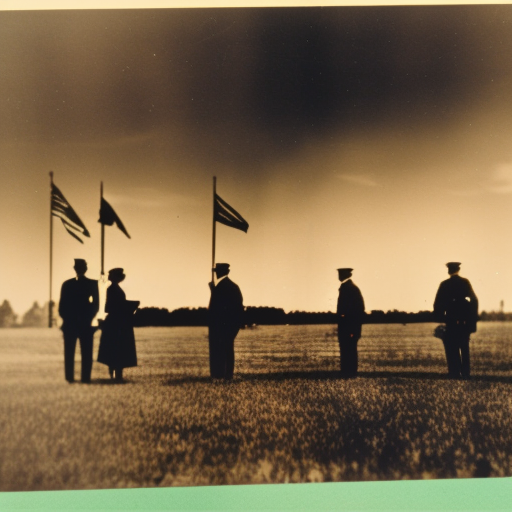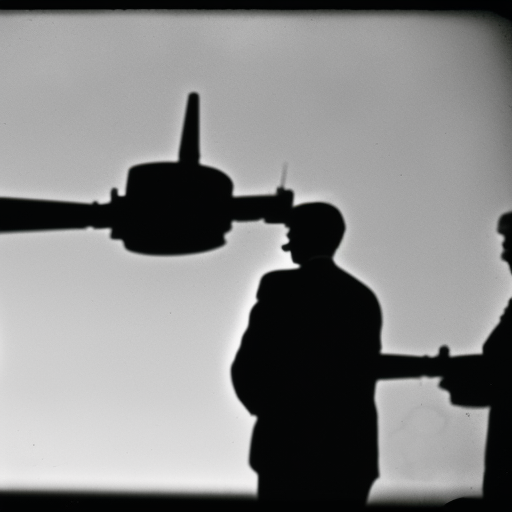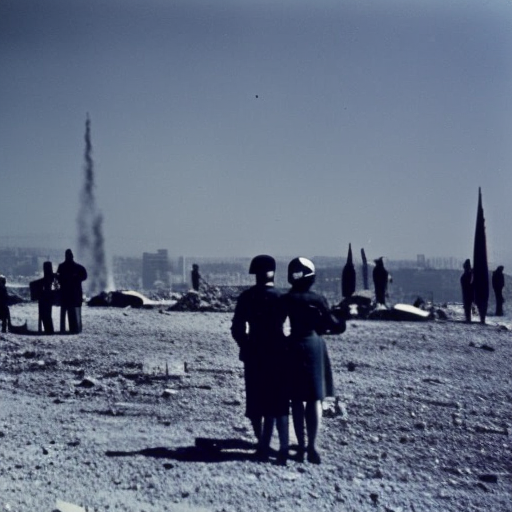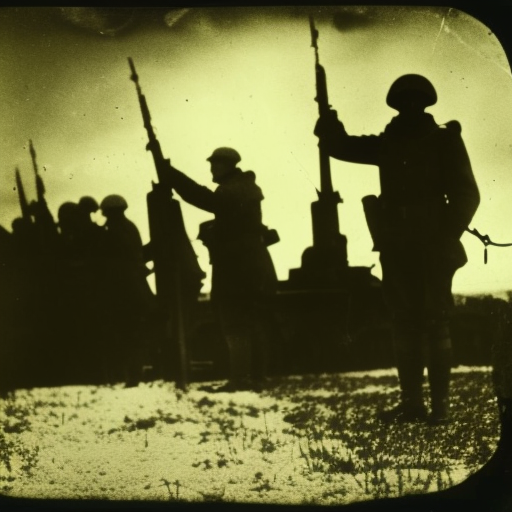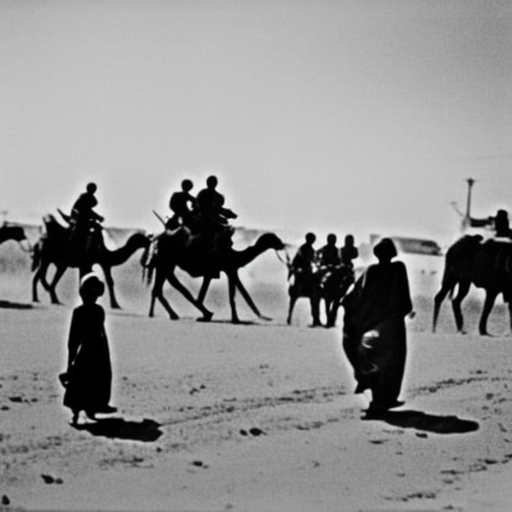The Treaty of Brest-Litovsk was a peace agreement signed between Soviet Russia and the Central Powers, ending Russia’s involvement in World War I but resulting in significant territorial losses.
The Potsdam Conference (1945) Explained
The Potsdam Conference was a meeting between the leaders of the Allied powers to discuss the post-World War II settlement and the division of Germany.
Treaties of Nijmegen Explained
The Treaties of Nijmegen were a series of peace agreements signed in the late 17th century, ending various conflicts and reshaping the balance of power in Europe.
Potsdam Conference Explained
The Potsdam Conference was a meeting held in 1945 between the leaders of the Allied powers to discuss the post-World War II settlement and the division of Germany.
NATO bombing of Yugoslavia Explained
The NATO bombing of Yugoslavia was a military intervention aimed at stopping the ethnic cleansing and human rights abuses committed by the Yugoslav government in Kosovo.
Armistice of 11 November 1918 Explained
The Armistice of 11 November 1918 marked the end of World War I, bringing a ceasefire and peace negotiations between the Allies and Germany.
三十年战争 Explained
The Thirty Years’ War was a devastating conflict that engulfed Europe from 1618 to 1648, resulting in widespread destruction and significant political and religious changes.
Football War Explained
The Football War was a brief conflict between El Salvador and Honduras in 1969, triggered by political tensions and exacerbated by a soccer match.
Second Sudanese Civil War Explained
The Second Sudanese Civil War was a prolonged conflict in Sudan between the government and rebel groups, resulting in widespread violence and displacement.

